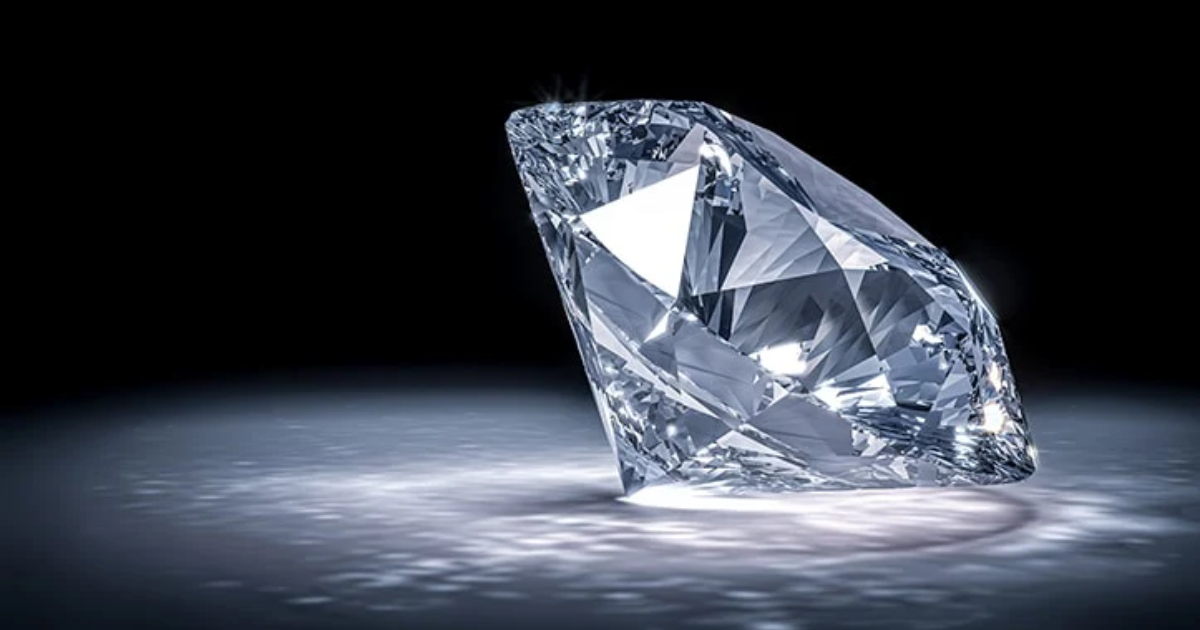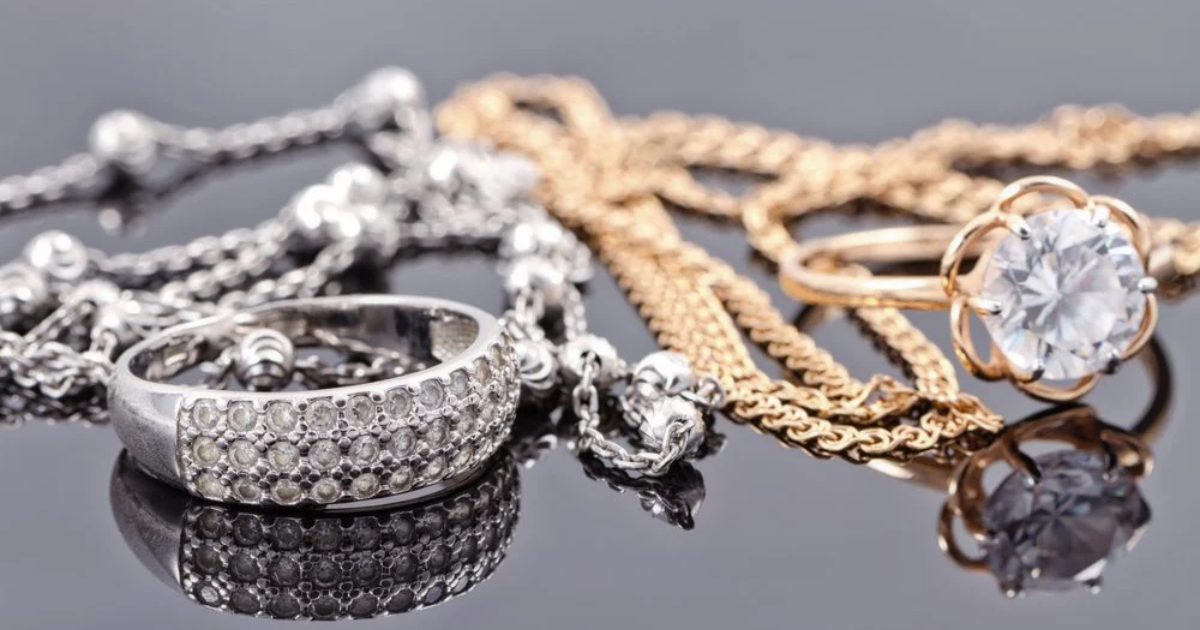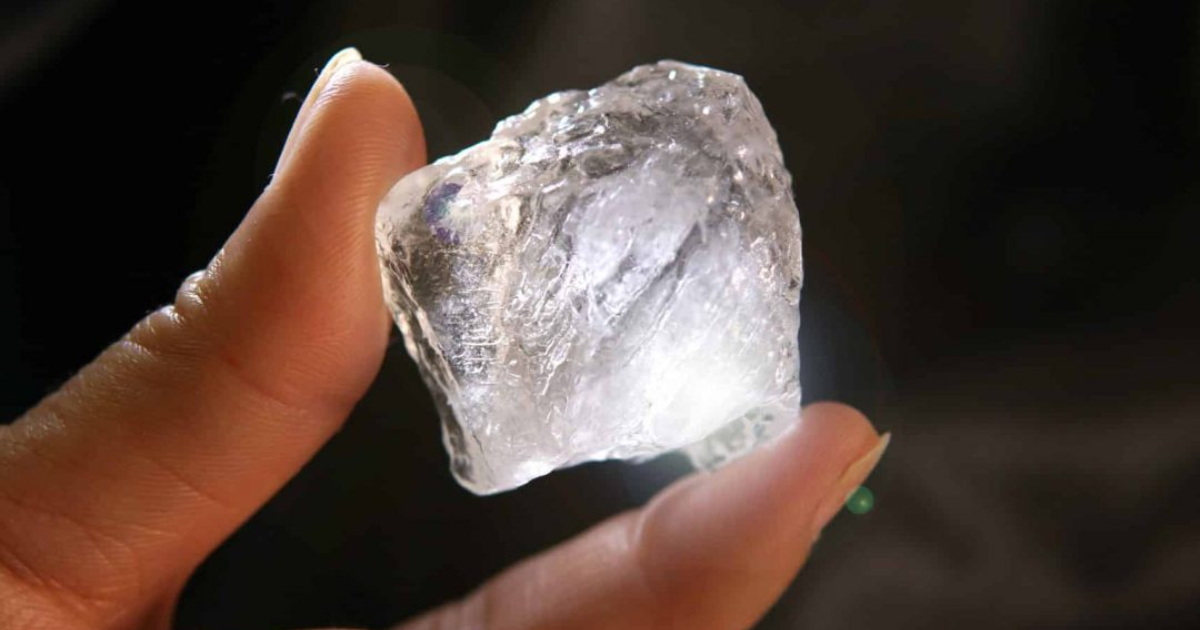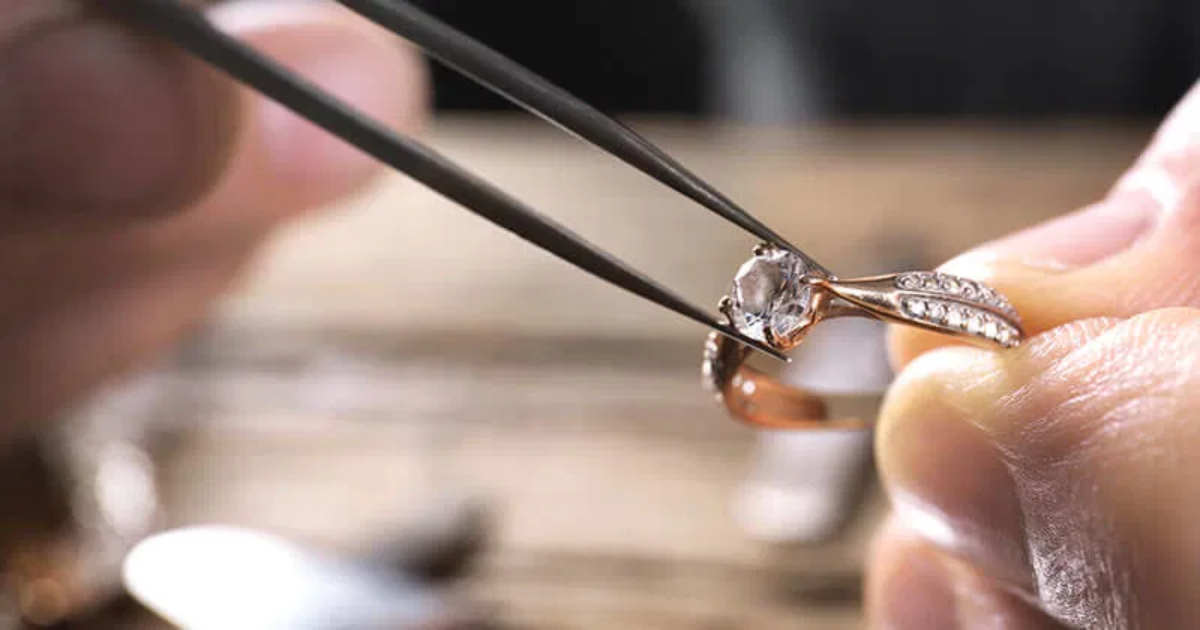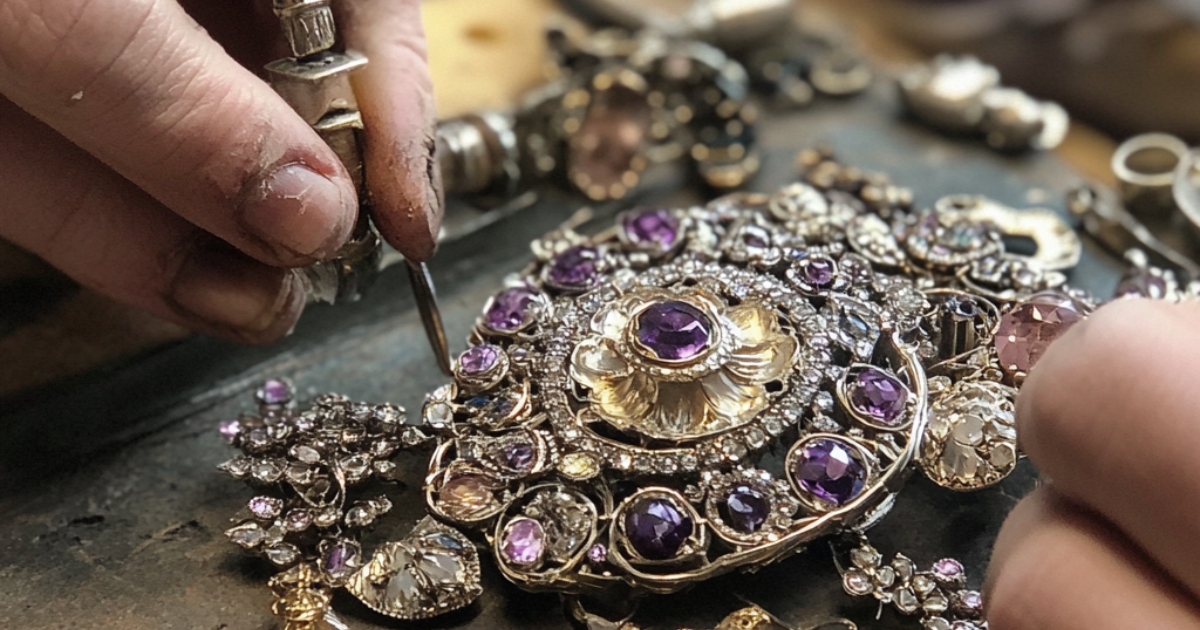Rare Diamonds: What Makes Them So Unique and Valuable?
Diamonds have always carried a sense of mystery and prestige. But when you step into the world of rare diamonds, that prestige takes on a whole new meaning. These diamonds aren’t just beautiful, they’re truly exceptional in ways that go beyond the usual cut, clarity, and carat weight.
So what exactly qualifies a diamond as “rare”? If you’re curious about which diamonds are the most valuable and why, you’re not alone. Let’s take a closer look at the fascinating world of rare diamonds and why collectors and investors worldwide are constantly searching for them.
What Makes a Diamond Rare?
Not all diamonds are created equal. In fact, only a small percentage of diamonds mined around the world qualify as rare. What separates these diamonds from the rest isn’t always their size, but rather their color, formation, or internal characteristics.
Some rare diamonds are naturally colored, which occurs when trace elements like boron or nitrogen get trapped during the diamond’s formation deep within the earth. Others might have unusual growth patterns or clarity features that are scarcely found in the wild. Unlike mass-produced or treated stones, these diamonds are natural miracles, born over billions of years.
The Rarest Diamond Colors in the World
While clear, colorless diamonds are common, colored diamonds are significantly rarer. The most sought-after types include:
- Red diamonds: These are among the rarest on the planet, with only a handful known to exist.
- Blue diamonds: Made famous by the Hope Diamond, blue diamonds owe their color to boron. They are scarce and often auctioned for millions.
- Green diamonds: Naturally irradiated over time, green diamonds are incredibly difficult to find in vivid shades.
- Pink and violet diamonds: Found mostly in Australia, pink and violet diamonds are prized for their soft, romantic hues and high demand among collectors.
If you’ve ever come across a colored diamond and wondered why it carries such a high price tag, this is why. Their rarity is not just about scarcity, but also their mysterious natural origins.
How Rare Diamonds Are Graded
Color, clarity, and origin all play a part in a diamond’s value, but when it comes to rare diamonds, color often becomes the most important factor. Grading organizations like the GIA use a specific scale for fancy colored diamonds, evaluating hue, saturation, and tone, the more vivid and intense the color, the rarer (and more valuable) the diamond.
But rarity isn’t only about looks. Provenance can also affect a diamond’s standing. Diamonds from certain mines, like the now-closed Argyle Mine in Australia, are considered even more valuable because their supply is permanently limited.
Why Collectors Covet Rare Diamonds
Beyond their appearance and origin, rare diamonds offer something else: exclusivity. When you invest in or collect rare diamonds, you’re not just buying a beautiful piece, you’re buying a piece of geological history that few others will ever own.
Whether you’re a seasoned collector or simply curious about these fascinating gems, it’s clear why rare diamonds continue to captivate the market. Their value doesn’t just lie in sparkle or size, it lies in the fact that they truly cannot be replaced.
Ready to Explore the World of Rare Diamonds?
If you’re considering buying, selling, or appraising rare diamonds, it’s essential to work with experts who understand their unique value. At Ayan Jewelry, we specialize in identifying and evaluating some of the rarest and most exquisite diamonds in the market. Whether it’s a pink Argyle beauty or a vivid blue collector’s piece, we help ensure you receive the value your diamond deserves.


